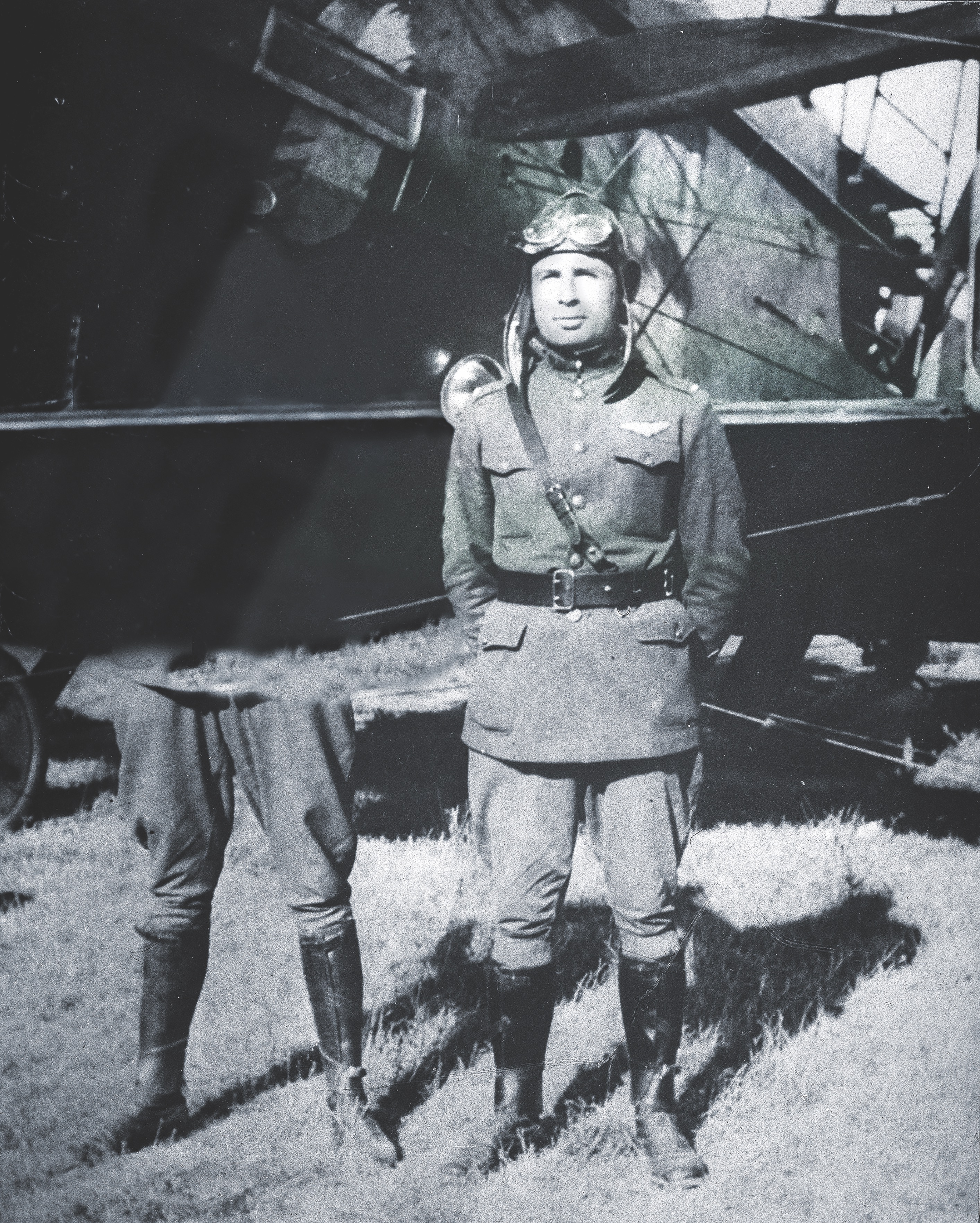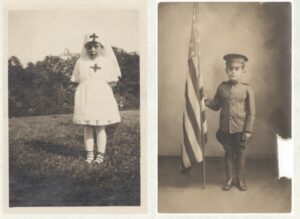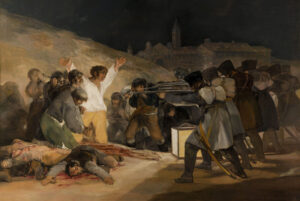After a few days of false starts due to enemy resistance and bad weather, the Italians launched their final offensive of World War I across the Piave River near the northern Italian town of Vittorio Veneto with an artillery bombardment on the night of Oct. 26, 1918, followed the next day by a general assault. Supporting their army, along with attached British, French and American units, were overwhelming numbers of aircraft of the Italian army and naval air arms, the French air service and Britain’s Royal Air Force. Although only able to field 20 aircraft as of October 25, Austro-Hungarian airmen often put up a fierce, if ultimately hopeless, fight.
On the morning of October 27 five Caproni Ca.5 trimotor heavy bombers of Italy’s 6th Squadriglia, 11th Gruppo di Bombardimento, returned to their air-field at Trombetta and discovered one of their aircraft was missing, along with its four-man crew—two Italians and two Americans. After the war an Italian spy gave an eyewitness account of their combat deaths, which prompted a unique honor for the Caproni pilot, 1st Lt. De Witt B. Coleman Jr.
Born in New York on Oct. 29, 1892, Coleman enlisted when the United States entered the war, joined the U.S. Army Air Service and was one of a contingent of Americans sent to train on Italian aircraft at Foggia under the command of Major Fiorello H. La Guardia, the future mayor of New York City. On qualifying, Coleman first served as an instructor, then obtained a transfer to the 6th Squadriglia to make a fighting contribution to the Allied war effort.
On October 27 Coleman was piloting Ca.5 No. 11669, with fellow Army Air Service 1st Lt. James L. Bahl Jr. as his co-pilot, Lt. Vincenzo Cutello manning the rear machine gun and doubling as bombardier-navigator and Sgt. Tarcisio Cantarutti manning the upper machine gun. After carrying out the bombing run, Coleman became separated from his formation and then came under attack by five Austro-Hungarian Aviatik (Berg) D.I fighters over Visentin Mountain, near the town of Revine.
A translation of a citation issued on Coleman’s behalf describes the action:
Two of the adversaries were shot down by the infallible shooting of the encircled aircraft, on which the crew continued to fight, even in flames, until, hard-pressed and overwhelmed by the strong group of enemies, it fell, and the whole crew paid for its audacity with death.
Coleman and crew had been jumped by five Aviatiks of Fliegerkompagnie 74/J, operating from an airfield to the southeast in San Fior da Sopra. The downing of the Caproni was jointly credited to Oberleutnants Imre von Horváth and Roman Schmidt. It marked Schmidt’s sixth and final victory of the war. Recovered by townspeople, the remains of the Caproni crewmen were buried in the town cemetery at Revine.
In recognition of the American airmen’s courageous last stand, on Jan. 17, 1919, Italy awarded Bahl a posthumous Medaglia d’argento al valor militare, while Coleman received the Medaglia d’oro al valor militare. The latter, the Gold Medal of Military Valor, was Italy’s highest decoration. Coleman was the only American to have received it.
In 1921 Coleman and Bahl’s remains were repatriated and reinterred—Bahl in Wooster, Ohio, Coleman in Englewood, N.J. La Guardia attended Coleman’s funeral. A hall of heroes at the Museum of the Battle [museivittorioveneto.it/en/museo_della_battaglia] in Vittorio Veneto, the scene of Italy’s greatest victory of World War I, has been dedicated in Coleman’s honor.





